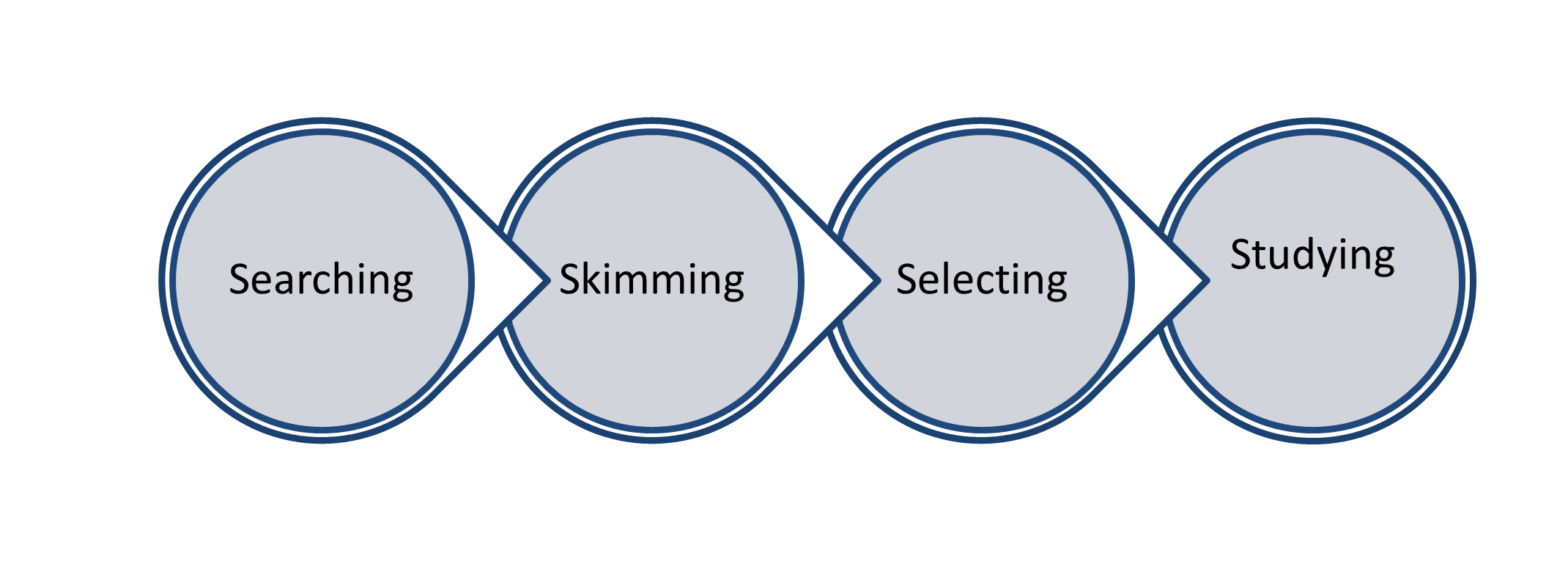As a student, you are required to read a lot of academic resources, which plays a critical role in your learning. Moreover, reading an academic text is different to everyday reading. Therefore, you need to develop effective reading strategies.
|
Reading for an Assignment |
Reading to Study for an in-class assessment |
Reading for Interest |
|
Skim for main ideas |
Review key concepts |
Engage deeply with content |
|
Take notes on points related to assessment task |
Create summary notes |
Annotate favourite passages |
|
Target relevant sections |
Prioritize exam topics |
Follow personal curiosity |
|
Ask questions about content, critically analyse and compare with other sources |
Turn reading into exam style questions |
Explore questions raised |
|
Discuss with peers or instructor |
Form study groups |
Share insights with others |
|
Apply concepts to assignment |
Solve practice problems |
Relate content to own experiences |
|
Annotate with icons (?Jý«) |
Create mind maps or diagrams |
Visualise and imagine |
|
Plan reading into your assessment process |
Allocate time for each topic |
Read at leisure |
The following “4-S system” helps provide you with different perspectives on the text and increase the productivity of your reading.

Step 1: Searching
This stage involves searching for relevant sources and gaining an understanding of the contents and structure of the source. To do this, look at:
What do these things tell you about the focus of the source? Does the source look relevant to your topic?
Step 2: Skimming
The next step is to skim the text to quickly identify the main ideas without paying attention to detail. It is a fast process with the aim of locating sections that would be useful to read more carefully later.
To skim, move your eyes quickly across the page looking for important words and phrases. Focus on the first and last sentences of a paragraph and linking words.
Step 3: Selecting
Read in a focused way to find specific information as per the assessment requirements.
At this stage you should also be ‘active’ with the text by:
Step 4: Studying
This is now the time to read the selected text without interruptions to gain an in-depth understanding of the topic.

